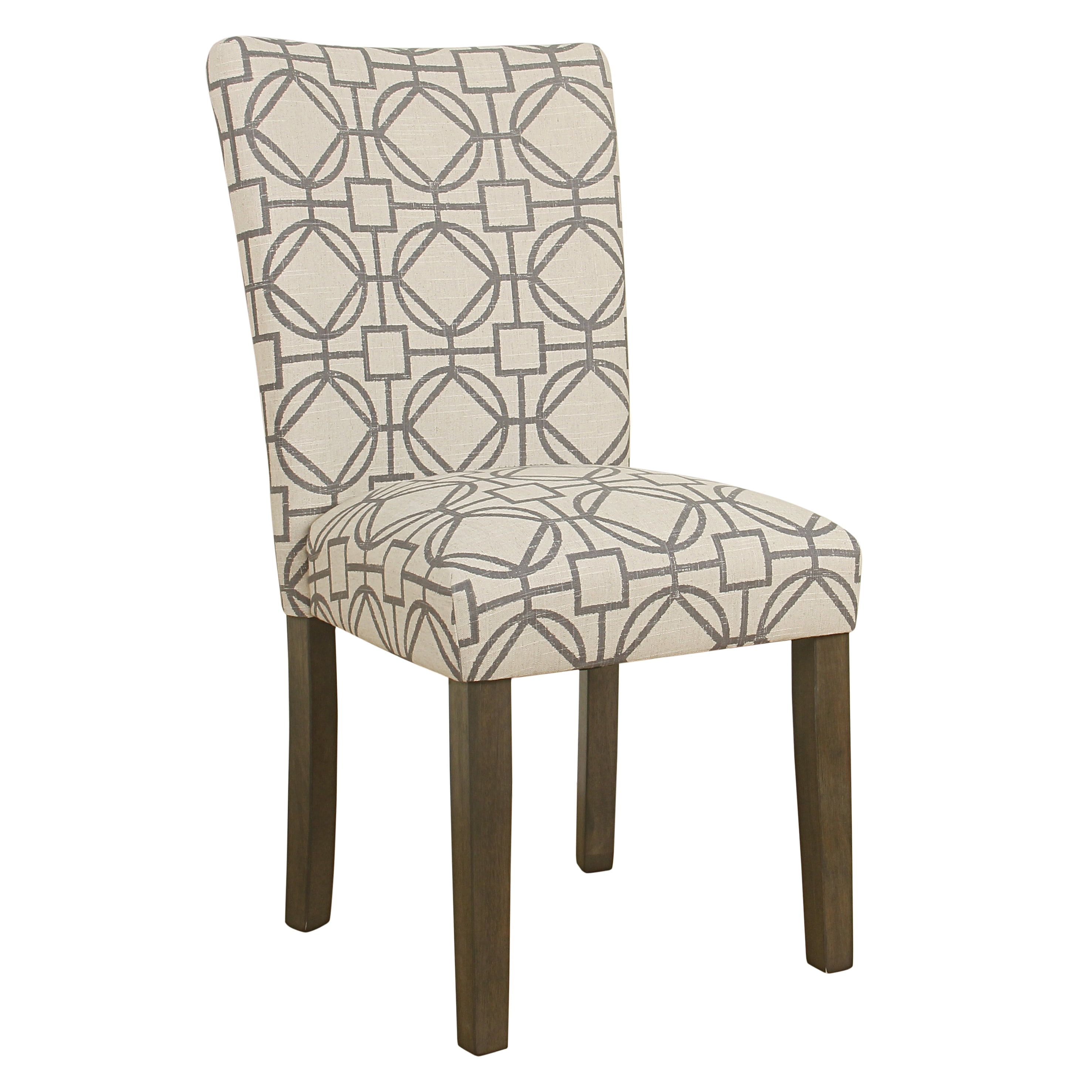Manufacturing & Materials of Leather Loom Dining Chairs

The creation of a leather loom dining chair is a multi-stage process, blending traditional craftsmanship with modern manufacturing techniques. Understanding this process, from the selection of raw materials to the final finishing touches, allows for a deeper appreciation of the chair’s quality and value. The materials used, particularly the leather and wood, significantly impact the chair’s durability, aesthetic appeal, and overall sustainability.
Leather loom dining chair – The manufacturing process involves a careful selection of materials and precise execution at each stage. This ensures the final product is both aesthetically pleasing and structurally sound.
Manufacturing Process of Leather Loom Dining Chairs
The journey from raw materials to a finished leather loom dining chair involves several key steps. Each stage requires skill and precision to ensure the final product meets high quality standards.
- Material Sourcing: Selecting high-quality leather hides and sustainably sourced wood (often hardwoods like oak or walnut). This initial step sets the foundation for the chair’s quality and longevity.
- Leather Preparation: The hides undergo tanning and finishing processes to achieve the desired color, texture, and durability. This often involves multiple steps of cleaning, treating, and dyeing.
- Wood Frame Construction: Skilled craftsmen construct the chair’s frame using traditional joinery techniques or modern methods, ensuring structural integrity and stability. This involves cutting, shaping, and assembling the wooden components.
- Leather Cutting and Shaping: Precisely cutting and shaping the leather pieces to fit the chair’s frame according to the design. Templates are used to ensure consistent sizing and accurate placement.
- Leather Attachment: Attaching the leather to the wooden frame, often using hand-stitching or specialized machinery, depending on the chair’s design and level of craftsmanship. This is a crucial step affecting the chair’s overall appearance and durability.
- Finishing and Quality Control: Inspecting the finished chair for any imperfections and applying final touches, such as polishing the wood or applying protective coatings to the leather. This ensures the chair meets the highest quality standards.
Types of Leather Used in Leather Loom Dining Chairs
Different types of leather offer varying levels of durability, aesthetic appeal, and cost. The choice of leather significantly influences the chair’s overall quality and price.
| Leather Type | Durability Rating (1-5, 5 being highest) | Appearance Description | Price Point |
|---|---|---|---|
| Full-Grain Leather | 5 | Natural texture, unique markings, develops a patina over time | High |
| Top-Grain Leather | 4 | Smooth surface, consistent appearance, less prone to showing scratches | Medium-High |
| Genuine Leather | 3 | May have some imperfections, less durable than full-grain or top-grain | Medium |
| Bonded Leather | 2 | Synthetic materials combined with leather scraps, least durable | Low |
Sustainability and Ethical Considerations in Sourcing Materials
The sustainability and ethical sourcing of materials are increasingly important considerations for consumers. Choosing a leather loom dining chair made with responsibly sourced materials supports environmentally and socially responsible practices.
Sustainable wood sourcing involves choosing wood from certified forests managed for responsible forestry practices. This ensures that the wood is harvested without harming the environment or depleting natural resources. Look for certifications like the Forest Stewardship Council (FSC) label. Ethically sourced leather comes from tanneries that adhere to strict environmental and animal welfare standards. This involves ensuring humane treatment of animals and minimizing the environmental impact of the tanning process. Leather Working Group (LWG) certification provides a benchmark for responsible leather production.
Practical Aspects & User Experience of Leather Loom Dining Chairs

Leather loom dining chairs offer a unique blend of style and functionality, but their practicality and user experience depend heavily on design specifics and material quality. Understanding these aspects is crucial for making an informed purchase and ensuring long-term satisfaction. This section explores the comfort, ergonomics, and maintenance considerations associated with these chairs.
Comfort and Ergonomics of Leather Loom Dining Chairs
The comfort of a leather loom dining chair hinges on several key factors. Seat height is paramount; a chair that’s too high or too low can cause discomfort and strain. Ideally, your feet should rest comfortably flat on the floor when seated, with your thighs parallel to the ground. Back support is equally important. A well-designed chair will provide adequate lumbar support, preventing slouching and promoting good posture. The overall seating experience is also influenced by the chair’s shape and the cushioning used. A contoured seat and backrest can significantly enhance comfort, while plush cushioning offers added softness and support. Consider chairs with a slightly reclined backrest for optimal relaxation during longer meals. Poorly designed chairs, however, might lack adequate support, leading to back pain or discomfort after prolonged use. For instance, a chair with a very shallow seat and a straight back would likely be less comfortable than one with a deeper seat and a curved back.
Maintenance and Care of Leather Loom Dining Chairs
Proper maintenance is key to preserving the beauty and longevity of leather loom dining chairs. Regular cleaning is essential to prevent dirt and grime buildup. A soft, damp cloth is usually sufficient for routine cleaning. Avoid harsh chemicals or abrasive cleaners, as these can damage the leather. For more stubborn stains, a specialized leather cleaner should be used, following the manufacturer’s instructions carefully. Protecting the leather from direct sunlight and excessive heat is crucial, as prolonged exposure can cause fading and cracking. Using coasters under drinks and placemats under plates will minimize the risk of spills and scratches. Regular conditioning with a high-quality leather conditioner will help maintain the leather’s suppleness and prevent it from drying out. Neglecting these care instructions can lead to premature wear and tear, significantly reducing the lifespan of the chairs. For example, failing to condition the leather regularly might result in cracking and dryness within a year or two, whereas regular conditioning could extend the chair’s lifespan to a decade or more.
